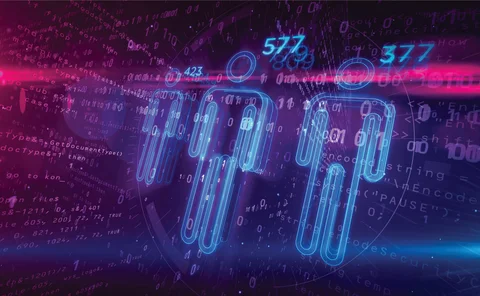Points of View
No surprises: 2025 will be another big year for AI
Last year was revolutionary for AI, with potentially far-reaching impacts, and 2025 looks set to offer more of the same, with perhaps some sobering lessons. Taking a pragmatic view, Maryam Akram, Research Principal at Chartis, offers some predictions for…
How AI helps firms get sanctions right
This, the first article in a collaborative series by Chartis Research and Silent Eight, considers the sanctions landscape, the impact that sanctions have had on financial services companies, and how AI can help these firms in this challenging environment.
Breaking down the walls: Enterprise architecture gets its day in the sun
Voice of the CTO: Enterprise architecture aims to tie together a bank’s overall infrastructure, systems and workflows. While easily said, bank technologists explain why it’s harder in practice.
The growing sophistication of behavioral models: a challenge and an opportunity in ALM, liquidity and balance sheet modeling
A collaborative article by Chartis and Oracle
Data isn’t king if the ‘royal’ C-suite doesn’t buy in
Voice of the CTO: As banks strive to take advantage of cutting-edge tools, the basics of proper data management and governance are too often overlooked. Banks are learning that a CDO can help gain favor with the C-suite.
Surveillance success: tackling the challenges in communications monitoring
A collaborative article by Chartis and NICE Actimize
Elephant in the room: balancing AI innovation with cloud projects
Voice of the CTO: While generative AI is today’s hot topic, bank technologists explain how they have spent years planning for this moment. But skeptics remain.
Run the bank, change the bank: CTOs juggle needs and wants
Voice of the CTO: In part two of a five-part series, bank technologists explain where firms go wrong when trying to modernize their tech stacks and manage technical debt.
Moving to modular: developing a holistic anti-FinCrime system
A collaborative article by Chartis and AML Partners.
GenAI or replatforming? Bank CTOs disagree on budgetary spend
Voice of the CTO: In part one of a five-part series (published initially by WatersTechnology), several bank technologists discuss where they are looking to spend their budgets this year, and what hurdles stand in the way of experimenting with generative…
Statistical tools: a new way to beat white-collar fraudsters
Accounting fraud, which began to make headlines around the turn of the 21st century, continues to plague those in the financial and risk industries. Investors, auditors and risk professionals must address this pressing concern – and may even gain a…
















